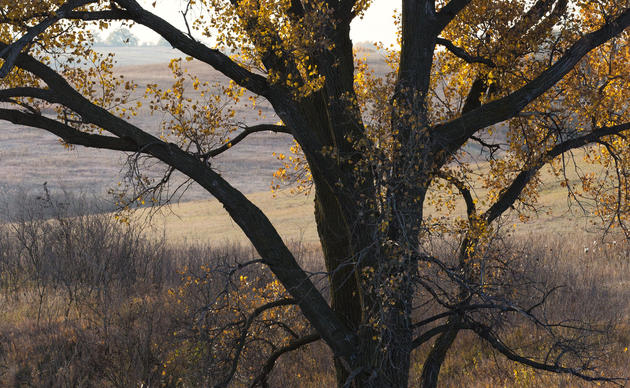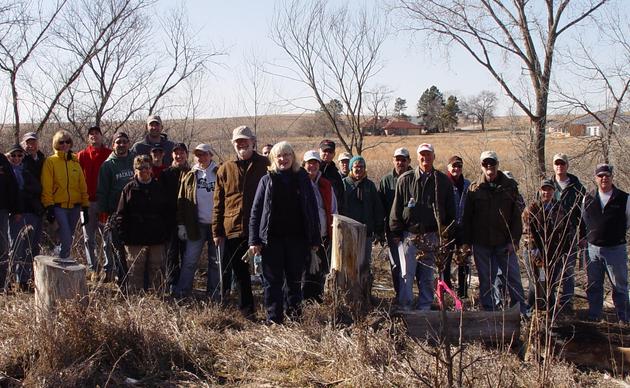Spring Creek Prairie Audubon Center will receive $91,893 from the Nebraska Environmental Trust (NET) for the “Working Lands Strategy and Tallgrass Prairie Conservation” project. The project focuses on the management needed for working lands to be sustainable and economically viable while providing the prairie habitat birds need.
Prairie historically covered around 170 million acres of central North America creating the continent's largest continuous ecosystem, but it’s been largely converted, fragmented, and altered. Grassland bird populations have drastically declined as intact grassland habitat has been converted or degraded. The vast majority of grasslands across the U.S. are privately owned working lands, so effective grassland conservation for declining birds and other species must be in collaboration with private landowners. However, working land management is often misunderstood by Nebraskans as we become increasingly urban. Landowners who seek to use restorative grazing or ecologically sustainable ranching are faced with thin profit margins and increased scrutiny of the food production process.
Ed Hubbs, the habitat and private lands manager for Audubon’s Spring Creek Prairie, explains how we need a deeper understanding and appreciation for the management required to steward grasslands and address the economic viability of healthy working lands so prairie conservation can be sustainable for generations.
In partnership with Nebraska Cattlemen, this proposal will use a two-pronged approach under Audubon’s Working Lands strategy to restore grasslands by launching Audubon’s Conservation Ranching Program and building support and understanding of ecologically sustainable grassland management.



